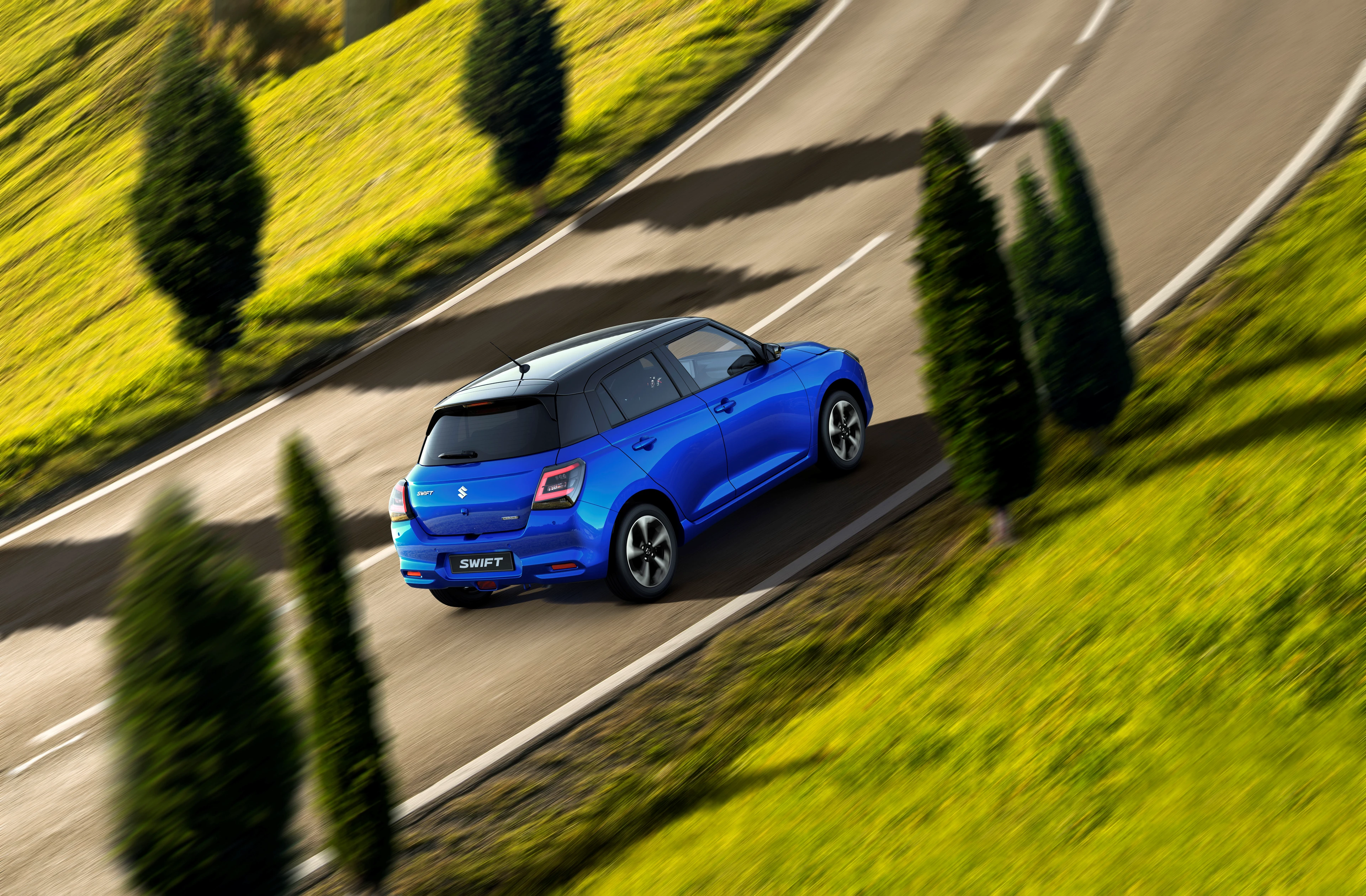Introduction to
New WLTP Regulations
WLTP (Worldwide Harmonised Light Vehicle Test Procedure) is a laboratory test used to measure a car’s fuel consumption and emissions, and has been designed closely to match modern driving conditions in its testing. It also determines how much road tax and company car benefit-in-tax will have to be paid.
Previously, fuel consumption was measured using the NEDC (New European Driving Cycle) test that was introduced in the 1980s, but this became outdated.
The conditions of the new WLTP test are defined by EU law and have been implemented across Europe. This test provides a more accurate basis for calculating a car’s fuel consumption and CO2 emissions and helps to ensure that quoted performance figures reflect the on-road performance of your new car.
There are several differences between the old (NEDC) test and the new (WLTP) method. Some of the main differences are:
1. The WLTP test is over a longer distance and under more rigorous conditions than NEDC
2. The test speeds are higher to reflect modern motorway driving styles
3. A wider temperature range is used
4. All vehicle equipment is taken into account
The Implementation of WLTP Regulations
Here are some of the main timings that apply to all car brands:
1st September 2017
Since this date all new vehicles introduced must have been tested under WLTP conditions
1st September 2018
All new vehicle registrations must be tested under WLTP from now
From January 2019
Advertised vehicle data will be updated to include WLTP fuel consumption data
WLTP VS NEDC
To help car buyers to easily understand how a new WLTP tested vehicle compares with an old NEDC vehicle, the regulatory authorities have asked all manufacturers to continue to communicate only the NEDC results. That means vehicles already certified under WLTP will have their results converted to an NEDC equivalent (called NEDCC). The fuel consumption and CO2 emissions information that you see in brochures and advertising will therefore continue to show NEDC data.
With the old NEDC test, we are familiar with seeing three fuel consumption numbers and one number for CO2 emissions. Vehicles tested under the WLTP method will have five numbers for fuel consumption and one CO2 emissions figure plus an NEDC equivalent (NEDCC) CO2 emissions figure.


Suzuki Models
What does this mean
We design our cars with you in mind to ensure you get the best experience for the best value. We offer unique HYBRID technology as part of our high spec, affordable range, which delivers great fuel efficiency and low emissions without compromising value and great driving experience.
It’s important to understand that actual vehicle performance, fuel consumption and emissions are not affected by the change to the WLTP testing method.
WLTP is simply a new and more accurate method for measuring a car’s fuel consumption and emissions, which is why the data published for WLTP models
All Suzuki models now being produced have been tested under the new WLTP method, with WLTP tested versions being introduced for sale over the next few months.
The regulatory authorities have enabled all vehicle manufacturers to continue selling a limited number of vehicles that have not been tested under the WLTP method even after WLTP becomes law on 1st September 2018. There is no specification difference for a Suzuki model tested under WLTP or the same Suzuki model tested under the old NEDC process, meaning actual fuel consumption and emissions will be the same regardless of which testing method has been used.
Full details about the WLTP test and background can be found here: http://wltpfacts.eu/






